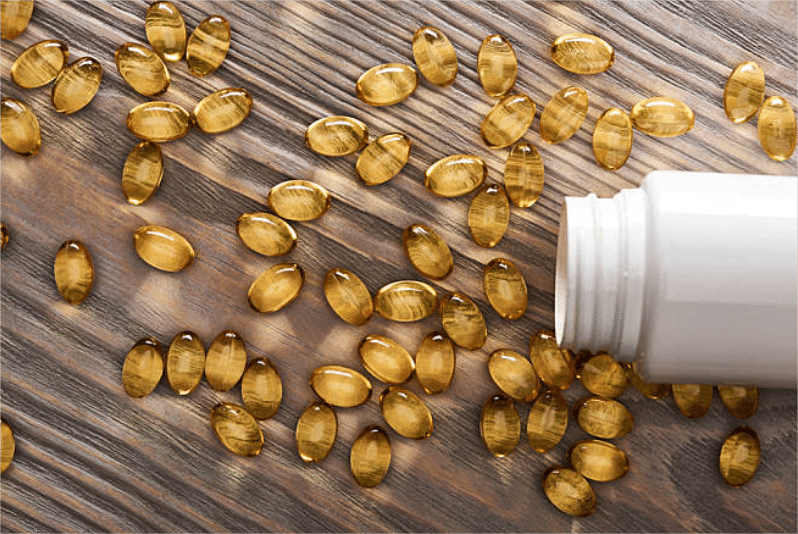Joint health is a significant concern for many people, especially as they age or engage in activities that stress their joints. Two commonly discussed supplements in this area are glucosamine and sodium hyaluronate. Both are touted for their potential benefits in managing joint pain and improving mobility, but they have distinct properties, mechanisms, and applications. This article aims to thoroughly compare glucosamine and sodium hyaluronate, helping you understand their differences, uses, and effects on joint health.
Understanding Glucosamine
Glucosamine is a naturally occurring compound in the body, particularly in cartilage and cushion joints. It plays a vital role in the formation and repair of cartilage. Glucosamine is often sourced from shellfish but can also be produced synthetically. There are several forms of glucosamine supplements available, including:
- Glucosamine Sulfate: This is the most common form used in studies and supplements, often believed to have anti-inflammatory properties.
- Glucosamine Hydrochloride: A more stable form that does not contain sulfate.
- N-acetyl Glucosamine: A derivative that may have additional benefits, particularly for skin health.
How Glucosamine Works
Glucosamine is thought to aid in cartilage production and repair. It stimulates the synthesis of glycosaminoglycans (GAGs) and proteoglycans, essential components of cartilage. By promoting cartilage health, glucosamine may help reduce the pain and inflammation associated with osteoarthritis and other joint conditions.
Exploring Sodium Hyaluronate
Sodium hyaluronate is the sodium salt of hyaluronic acid, a substance naturally found in the body, particularly in connective tissues, skin, and synovial fluid, which lubricates joints. It is often used in medical treatments, especially for osteoarthritis, and is delivered through injections.
Mechanism of Action
Sodium hyaluronate’s primary role in joint health is to enhance the viscosity and elasticity of synovial fluid. Improving lubrication within the joint helps reduce friction during movement, which can alleviate pain and improve joint function. S sodium hyaluronate in the joint fluid supports cartilage’s overall health and helps maintain its structural integrity.
Critical Differences Between Glucosamine and Sodium Hyaluronate
- Source and Composition:
– Glucosamine: Typically derived from shellfish or synthesized in laboratories, glucosamine is a building block of cartilage.
– Sodium Hyaluronate: Derived from bacterial fermentation or rooster combs, it is primarily a component of synovial fluid.
- Administration:
– Glucosamine: Available in oral supplement form (capsules, tablets, or powders).
– Sodium Hyaluronate: Commonly administered as an injection directly into the joint space.
- Uses:
– Glucosamine: Used for overall joint health, pain relief in osteoarthritis, and possibly for joint repair.
– Sodium Hyaluronate: Specifically used for joint lubrication, particularly in cases of advanced osteoarthritis.
- Efficacy:
– Glucosamine: Research results are mixed; some studies suggest it may help reduce pain and improve joint function, while others indicate limited effectiveness.
– Sodium Hyaluronate: Generally shows more consistent positive outcomes in reducing knee pain and improving mobility in osteoarthritis patients.
Benefits of Glucosamine
– Cartilage Support: Glucosamine may help slow the deterioration of cartilage in osteoarthritis.
– Pain Relief: Some studies indicate that glucosamine can reduce joint pain, particularly in the knees.
– Anti-inflammatory Effects: It may help decrease inflammation associated with joint degeneration.
Benefits of Sodium Hyaluronate
– Joint Lubrication: Sodium hyaluronate improves the viscosity of synovial fluid, enhancing joint lubrication.
– Pain Reduction: Many studies report significant pain relief following sodium hyaluronate injections in osteoarthritis patients.
– Improved Mobility: It may enhance overall joint function, allowing for better movement.
Potential Side Effects
Glucosamine and sodium hyaluronate are generally considered safe but can have side effects.
– Glucosamine: Possible side effects include gastrointestinal issues like nausea, diarrhea, or constipation. Allergic reactions can occur, especially in those allergic to shellfish.
– Sodium Hyaluronate: Side effects are rare but can include pain, swelling, or bruising at the injection site. Allergic reactions are also possible but uncommon.
Choosing Between Glucosamine and Sodium Hyaluronate
When deciding between glucosamine and sodium hyaluronate, consider the following factors:
- Type of Joint Problem: Glucosamine may be appropriate for general joint support and maintenance. For specific joint pain, particularly in osteoarthritis, sodium hyaluronate injections might be more effective.
- Administration Preference: Glucosamine can be taken orally, making it easier for those who prefer not to receive injections. Sodium hyaluronate requires injections, which some may find inconvenient or uncomfortable.
- Consultation with a Healthcare Provider: Always consult with a healthcare professional before starting any new supplement or treatment, especially if you have existing health conditions or are taking other medications.
The Role of Lifestyle in Joint Health
While glucosamine and sodium hyaluronate can contribute to joint health, maintaining a healthy lifestyle is also crucial. Regular exercise, a balanced diet rich in anti-inflammatory foods, and maintaining a healthy weight can significantly impact joint health and overall well-being. Combining supplements with a healthy lifestyle can yield better management of joint issues.
Conclusion
In summary, glucosamine and sodium hyaluronate offer potential benefits for joint health but function differently and cater to different needs. Glucosamine may be more suitable for those seeking a general supplement for joint support. At the same time, sodium hyaluronate could be a better option for those experiencing specific joint issues requiring targeted relief through injections. Understanding these differences can help you make informed choices about joint health management.
Whether you choose glucosamine, sodium hyaluronate, or both, it’s essential to maintain a comprehensive approach to joint health that includes proper nutrition and exercise.



